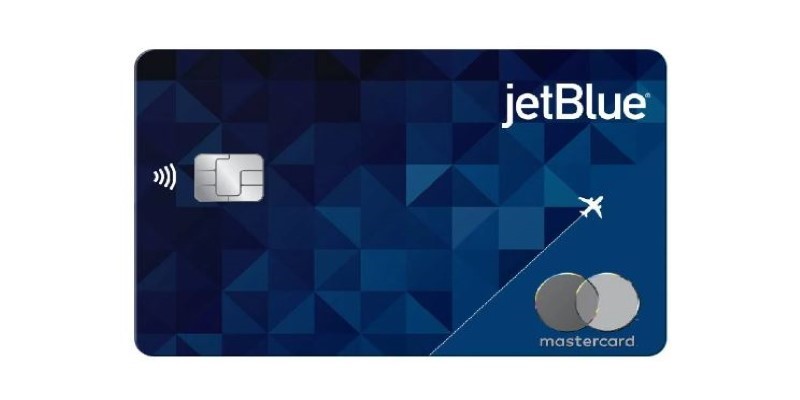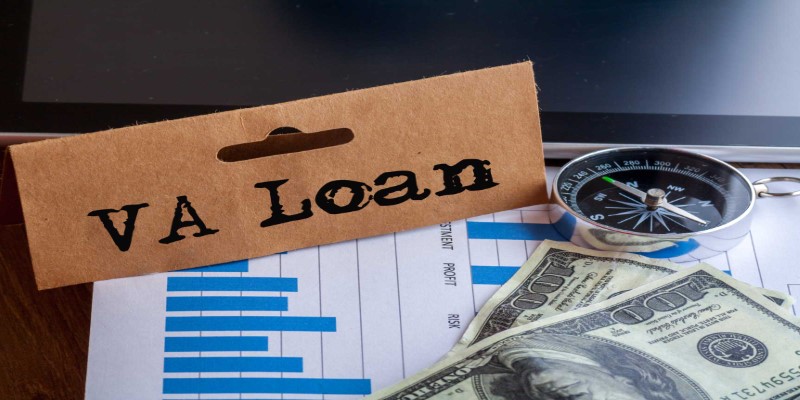Advertisement
Navigating home financing can feel overwhelming, with countless options available. One standout choice is the 80-10-10 piggyback loan, which offers a smart solution for aspiring homeowners. This financing method allows you to purchase your dream home while avoiding the burden of private mortgage insurance (PMI), which often increases monthly payments.

By combining two loansone for 80% of the homes value and a second for 10%you can reduce your upfront costs and simplify budgeting. If youre eager to save money and secure a property without excessive financial strain, understanding the 80-10-10 piggyback loan could be the key to achieving your homeownership goals.
An 80-10-10 piggyback loan is a mortgage structure that buyers use when purchasing a house with two mortgages, as it provides the buyer loans that help them to realize minimum expenditure. Percentages of the total home value have been covered while using this type of loan. These percentages entail the cover of 80% as regards the purchase price, 10% pertaining to the second type of mortgage, and finally, the 10% by the buyer himself as his down payment.
It is especially appealing for buyers who have less than 20% down but do not wish to have PMI, which most lenders require when the down payment is less than 20%. This split finance option enables buyers to enjoy lower monthly payments while forgoing the added cost of PMI.
To understand the 80-10-10 piggyback loan in practice, let's take a walk through an example. Let's assume a homebuyer is interested in a house priced at $300,000.

With the 80-10-10, the first mortgage would be 80% of the value of the house, which is $240,000. The second mortgage would then cover 10%, totaling $30,000. The buyer would provide the remaining 10% as a down payment, amounting to $30,000.
Typically, the first mortgage will have a lower interest rate than the second mortgage. The first mortgage is often a conventional loan with a fixed rate, while the second could be a home equity line of credit (HELOC) or a second fixed-rate loan. This mix allows for flexibility in managing payments.
The buyers monthly payment will include the principal and interest from both loans. However, since the first loan is larger and typically at a lower interest rate, it often keeps the total payment manageable.
Because the down payment is 10% rather than 20%, buyers can evade the need for PMI. This insurance usually costs between 0.5% to 1% of the loan amount annually, so not having to pay it can lead to significant savings over the life of the loan.
The 80-10-10 piggyback loan offers several advantages for homebuyers looking to maximize their savings, but its essential to weigh these benefits against potential drawbacks.
Lower Overall Costs: By avoiding PMI, buyers can save a substantial amount of money each month, making homeownership more affordable. This strategy can result in thousands of dollars saved over the loan term.
Flexible Financing: The dual loan structure allows borrowers to access different types of mortgage products. The first mortgage is often more stable, while the second mortgage may provide more flexible terms, making it easier to manage cash flow.

Access to Better Interest Rates: Borrowers may find that they can qualify for better interest rates by separating the loans. This separation can improve their financial standing in the eyes of lenders, particularly if the buyer has a good credit score.
Easier Qualification: For those who may not qualify for a traditional mortgage with a lower down payment, the 80-10-10 piggyback loan can provide an alternative pathway to homeownership.
Higher Overall Debt: Having two mortgages can mean more debt to manage, which might not be ideal for everyone. Homebuyers should assess their financial situation and ensure they can comfortably handle both loans.
Second Mortgage Interest Rates: The interest rates on second mortgages can sometimes be higher than those on first mortgages. To maximize savings, it's crucial for borrowers to shop around for the best rates and terms.
Complexity of Two Loans: Managing two different loans can be more complicated than having a single mortgage. Buyers should be prepared for the administrative aspects of maintaining multiple payments.
The 80-10-10 piggyback loan is a great option for various homebuyers. First-time buyers who struggle to save a full 20% down payment can benefit from this strategy, allowing them to enter the market sooner. Its also ideal for those in competitive real estate markets where home prices are rising quickly, enabling buyers to secure a property without waiting to save more.
Additionally, individuals who want flexibility in managing their financessuch as accessing funds for renovations or other expensesmay find the second mortgage component particularly useful. Overall, the piggyback loan can be a smart choice for those looking to minimize costs, avoid private mortgage insurance (PMI), and enhance their purchasing power while navigating the complexities of homeownership.
In conclusion, the 80-10-10 piggyback loan presents an innovative solution for homebuyers looking to save money while managing their mortgage commitments. By leveraging two mortgages, buyers can minimize costs, avoid PMI, and take advantage of potentially better interest rates. While there are some considerations to keep in mind, the potential benefits often outweigh the drawbacks for many buyers.
As with any financial decision, its essential to do thorough research and consult with professionals to ensure that this strategy aligns with your long-term financial goals. With the right approach, an 80-10-10 piggyback loan can be a powerful tool in your home-buying journey, making homeownership more accessible and affordable.
Advertisement

By Maurice Oliver/Jan 15, 2025

By Pamela Andrew/Oct 29, 2024

By Paula Miller/Jan 07, 2025

By Georgia Vincent/Nov 01, 2024

By Mason Garvey/Jan 07, 2025

By Sid Leonard/Nov 03, 2024

By Christin Shatzman/Jan 09, 2025

By Nancy Miller/Jan 15, 2025

By Korin Kashtan/Oct 20, 2024

By Korin Kashtan/Oct 18, 2024

By Darnell Malan/Apr 02, 2025

By Isabella Moss/Oct 18, 2024